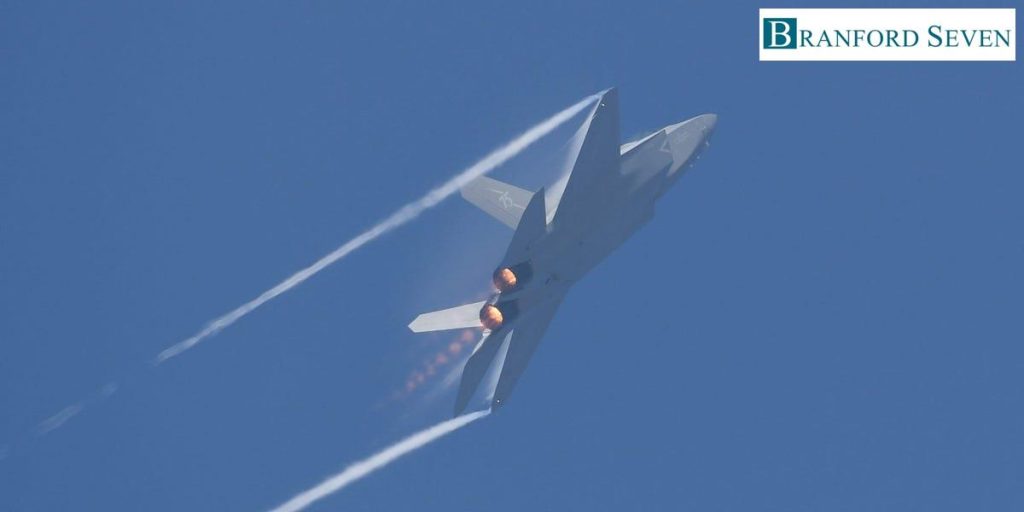Recently, two prototypes of a new stealth fighter jet from China have taken to the skies, capturing the attention of military experts and aviation enthusiasts around the world. With the advancements in aircraft design and technology, this development signals a significant step forward for China’s aerospace capabilities. But what does this mean, and why is it important?
Two Prototypes for China’s Future Stealth Strike Fighter Took the Skies
In broad daylight, the two prototypes showcased a striking flying wing design. This unique shape is not just for looks; it helps the aircraft fly more efficiently and stay stealthy. Aviation experts have seen the jets flying and getting lots of attention; these prototypes are expected to change how we think about modern air combat.
- One prototype is from the Chengdu Aerospace Corporation.
- This jet looks a bit like the famous F-117 Nighthawk, but it has three engines and no tail.
- The other prototype is linked to the Shenyang Aircraft Corporation, and it also received heavy media attention.
- Experts are debating whether these are stealth strike jets or if they are gearing up to be part of a new generation of fighters.
The development of these stealth aircraft aligns with a report from the Department of Defense released last December, which noted advancements in China’s stealth bomber technologies. The discussion around whether these jets will be used for strikes or transport continues to develop.
What’s Unique About This Aircraft Design?
The cool thing about the flying wing design is how it’s shaped. This design reduces the number of angles that can be seen by radar, which makes it harder for enemies to detect. It also helps share the aircraft’s weight more evenly, which can improve flight performance. As a result, these new jets might be able to sneak into enemy territory without being seen, offering a significant advantage in military operations.
Delving Into the Competition: China’s Military May Be Gearing Up
China’s aerospace developments are noteworthy because they strengthen its military capabilities. There is ongoing competition in military aviation technology, particularly between the United States and China. Countries are constantly striving to create more advanced technology, and these fighter jets highlight China’s commitment to staying competitive on the world stage.
Part of understanding this competition includes looking at how close relationships among countries can influence military purchases. For example, recently we heard about Pakistan planning to buy 40 Chinese J-35 stealth fighters. This could be just the beginning of increased military partnerships through advanced aircraft sales.
Differences Between China’s New Fighter and Past Models
The prototypes’ designs are not like traditional fighter jets. These new aircraft lack a tail and showcase different features that could make them much lighter and better at hiding from radar. This mobility can redefine air warfare strategies, impacting how countries prepare for conflicts.
As the military landscape changes, observers will continue to keep a close eye on how these developments play out. Could these jets help China become a more powerful player in global military affairs? The answer might depend on how these aircraft perform in the sky and what roles they will fill.
An Uncertain Future: The Impact of Unverified Images
Recently, social media lit up with unverified images suggesting another new Chinese stealth jet, possibly a sixth-generation design. This tailless aircraft, which looks big and stealthy, is raising eyebrows in the military community. It’s important to remember that the identity of this new aircraft isn’t confirmed yet. However, one thing is clear: China is actively investing in modern military technology, and analysts say this could change air combat globally.
Conclusion: Why This Is Important
As we watch these developments unfold, the implications are vast. Advanced fighter jets like these can shift the balance of power in military operations and strategies. It’s not just about demonstrating technology; it’s about the effects these advancements can have on global geopolitics. Keeping tabs on these innovations matters, as they reveal much about the future of global defense and international relations.



